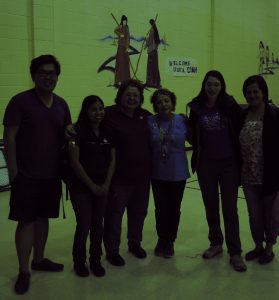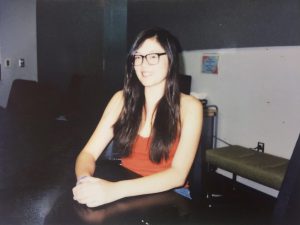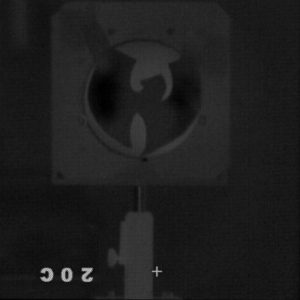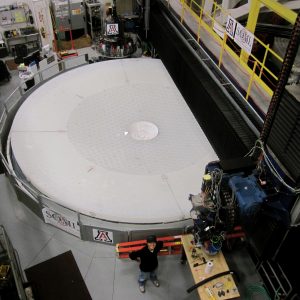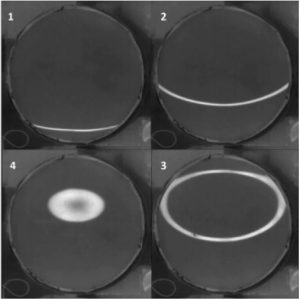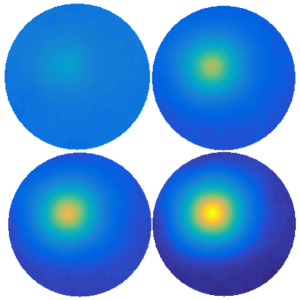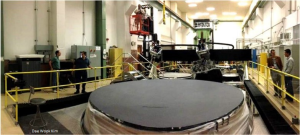“As part of the AISPIRE (American Indian Student-Parent Involved Research Experience) after school program collaboration with San Simon Day School on the Tohono O’odham Reservation, CIAN (Center for Integrated Access Networks) recently co-hosted a special San Simon Family STEM Night.
On May 2nd, 2017 CIAN, WiO (Women in Optics), SOCk (Student Optics Chapter), and College of Optical Sciences students and staff visited San Simon Day School on the Tohono O’odham Reservation to celebrate the inaugural San Simon STEM Family Night. The event was hugely successful with Tohono O’odham students and parents in attendance. Students presented their science fair projects, a number of which were featured and received awards at SARSEF. University participants presented optical demonstrations including virtual reality glasses, a laser radio transmitter, and much more. There was also a rocket launch demonstration by the students and a tribal dance celebrating the students and parents’ culture.” – CIAN website blog post: https://blog.cian-erc.org
LOFT group member Maham Aftab was responsible for the virtual reality (VR) demonstration. She used Google Cardboard headsets, with two VR apps set up on smartphones – a Moon surface explorer and a roller coaster ride. Students of all ages and their parents were keen to see and experience the VR demo. Maham also showed an ‘opened-up’ model of a basic VR-type headset that uses a cardboard box (housing), simple off-the-shelf lenses and generic adhesive materials. Students took a great interest in learning how the demo worked and the possibilities VR offers.
The headsets were generously lent by the University of Arizona Science & Engineering library and cellphones by fellow LOFT group member Isaac Trumper and Optical Sciences student Amanjot Gill. The VR apps are available for free on the App Store and Google Play.
For a simple DIY tutorial of how to make a VR headset, check out the link:
https://www.cnet.com/how-to/how-to-make-a-vr-headset-out-of-a-pizza-box/
CIAN is looking for volunteers for EASIS (Expect Academic Success in STEM) optical science summer camps at OSC. For more information check:
http://www.optics.arizona.edu/news-events/news/quicknews/cian-call-summer-volunteers
or contact Ameé Hennig at amee@optics.arizona.edu



